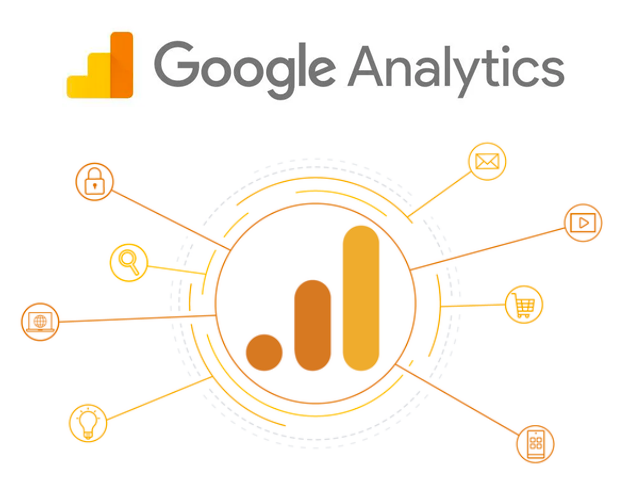Insightful Chronicles
Your daily dose of news, updates, and insights.
Google Analytics Secrets: What Your Data Isn't Telling You
Unlock hidden insights in your Google Analytics data and supercharge your strategy! Discover what you're missing today!
Unlocking Hidden Insights: Understanding Google Analytics Data Beyond the Basics
Google Analytics is often viewed as a straightforward tool for tracking website traffic, but its potential extends far beyond mere visitor counts and page views. To truly unlock hidden insights, it's essential to delve into advanced features such as custom segments and event tracking. By creating custom segments, you can analyze specific subsets of users, allowing for more targeted marketing strategies and a deeper understanding of user behavior. Additionally, incorporating event tracking into your strategy enables you to monitor specific actions on your site—such as button clicks and video views—providing a clearer picture of user engagement.
Another important aspect of mastering Google Analytics data involves leveraging the power of multi-channel attribution. This approach allows you to assess the various channels that contribute to conversions, offering insights into how different marketing efforts work together to drive sales. For instance, you may discover that social media interactions play a crucial role in initial user interest, while email campaigns excel at converting that interest into sales. By understanding these intricate relationships, you can allocate your marketing budget more effectively and refine your overall strategy to maximize ROI.

Common Misinterpretations in Google Analytics: What Your Data Really Means
Google Analytics is a powerful tool for tracking website performance, yet many users struggle with common misinterpretations that can skew their understanding of the data. One such misinterpretation is assuming that a high number of sessions directly correlates to high engagement. In reality, a high session count can often indicate that visitors are leaving quickly, reflected in a high bounce rate. Instead of focusing solely on sessions, it is essential to analyze metrics like average session duration and pages per session to gain a clearer picture of user engagement.
Another prevalent misconception is the meaning of conversion rates. Many website owners equate a completed goal with a successful user journey, but this can be misleading. For instance, if a user completes a purchase as soon as they land on the site, it may look like a conversion success; however, it doesn’t provide insights into their overall experience or behavior. Understanding the deeper context behind the data, such as the path users take before converting, can help businesses refine their marketing strategies and enhance user experience for future visitors.
Is Your Google Analytics Data Telling the Whole Story? Key Areas to Explore
When it comes to analyzing your website's performance, Google Analytics is an invaluable tool. However, many users may not realize that it only provides a partial view of their site's data. To fully understand user behavior and engagement, it's crucial to explore areas beyond the basic metrics. Consider delving into segments such as user demographics, acquisition channels, and behavior flows. By focusing on these key areas, you can gain deeper insights into who your visitors are, how they find your site, and what actions they take once they're there.
Another vital aspect to explore is conversion tracking. While page views and bounce rates are important, tracking conversions offers a clearer picture of how well your site meets its goals. Set up specific objectives and analyze how different traffic sources contribute to your desired outcomes. Additionally, don't overlook the importance of integrating Google Search Console data with your Analytics reports. This integration allows for a more comprehensive view of SEO performance and organic search trends, ensuring you make informed decisions based on a complete data set.